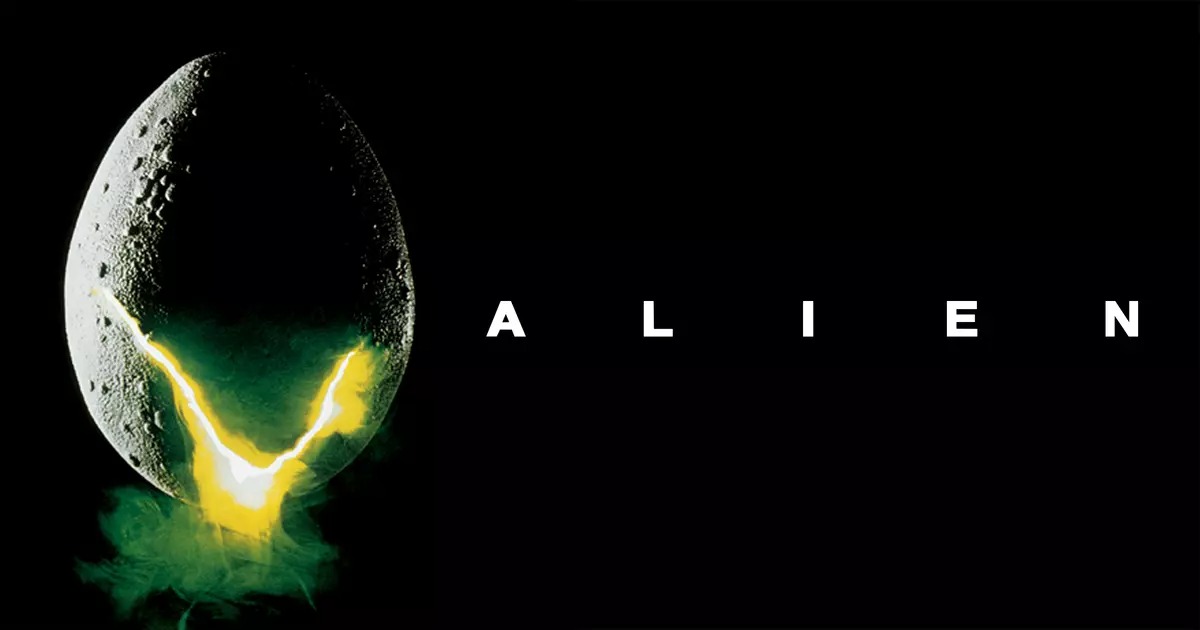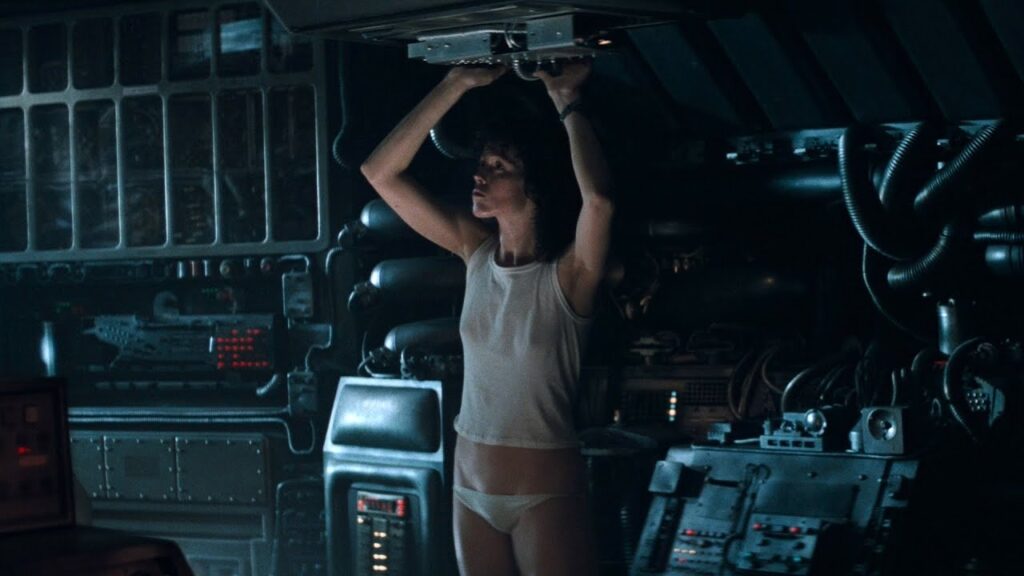
The spaceship Nostromo is on its way back to Earth when the crew is awakened by the ship’s computer after receiving an SOS signal from a nearby planet. They are forced to land and investigate whether there is intelligent life in need of help.
One of the biggest horror successes of the 1970s, Alien blends the visual grandeur of 2001: A Space Odyssey with the raw terror of The Texas Chainsaw Massacre.

With Ridley Scott as director, H.R. Giger as set designer, Dan O’Bannon as screenwriter, Jerry Goldsmith composing the score, and a cast featuring Sigourney Weaver, Harry Dean Stanton, Tom Skerritt, and Veronica Cartwright, very little could go wrong. Everything in this film operates at the highest level—stunning direction, a chilling soundtrack, and outstanding performances. The finishing touch is, of course, H.R. Giger’s now-iconic design, which gives Alien one of the most visually striking and terrifying creatures in cinema history. Unlike many other films, this monster truly looks formidable. Giger’s original designs had to be adjusted multiple times, as his work is famously filled with sexual undertones. He was even stopped at U.S. customs for carrying the facehugger model, requiring Dan O’Bannon to explain that it was simply a prop for a horror film.

In 2003, Ridley Scott reworked certain scenes. While these changes are subtle, they enhance the film. Some of these sequences are visually impressive but were left out of the original cut due to various issues. Over 100 boxes of Alien film reels were discovered in a London vault, leading to the idea of a Director’s Cut, where the scenes could be restored and enhanced digitally.
One of Alien‘s greatest strengths is its intensity and claustrophobic, nerve-wracking atmosphere. Some minor aspects of the plot could have been improved, and Scott’s original, less clichéd ending might have been preferable. Nevertheless, Alien remains a masterpiece and a landmark in sci-fi horror.





